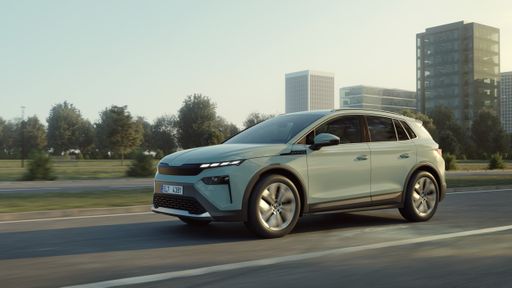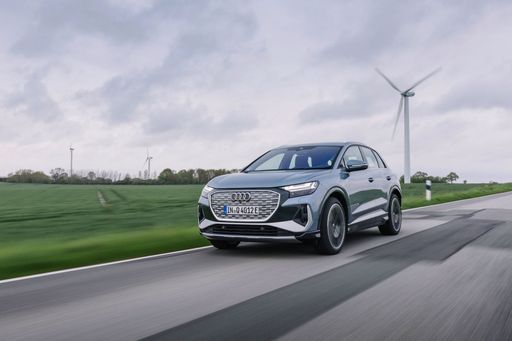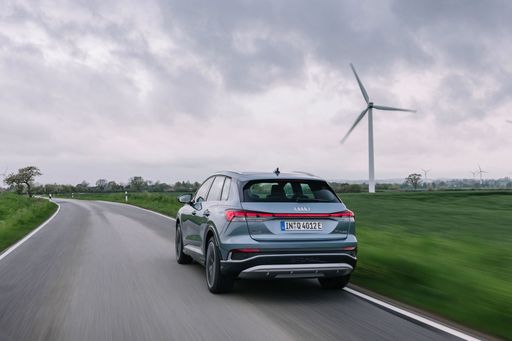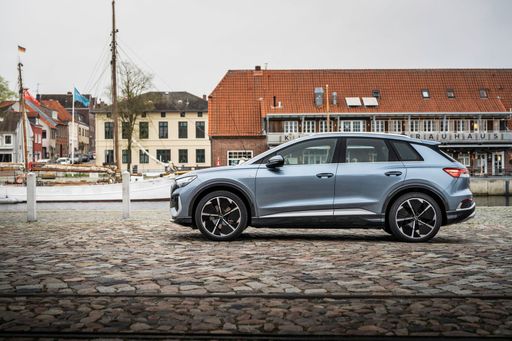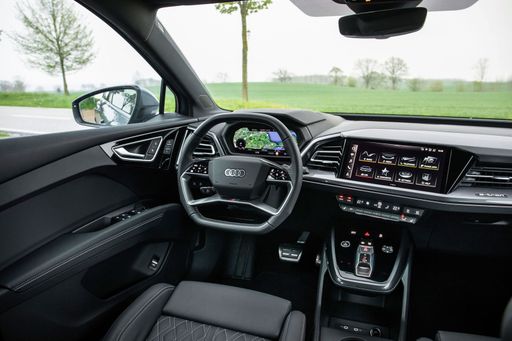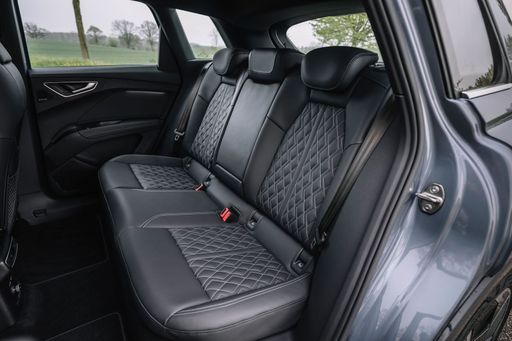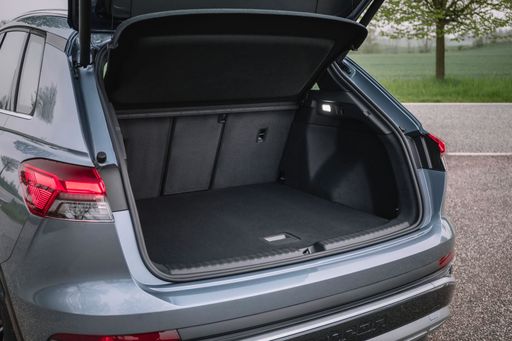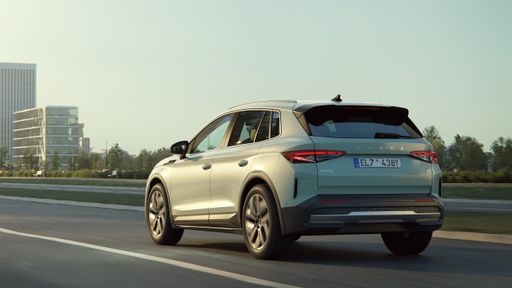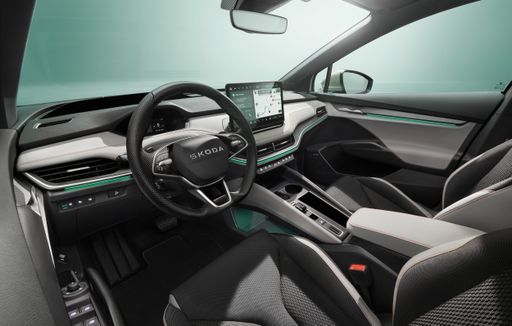A Clash of Innovation: Audi Q4 e-tron vs Skoda Elroq
The automotive world is increasingly shifting towards electric vehicles, and two notable contenders in the SUV segment are the Audi Q4 e-tron and the Skoda Elroq. Both vehicles are equipped with cutting-edge technology and engineering, yet they cater to different driving preferences and lifestyles. In this comparison, we will delve into their technical specifications and innovations to determine which model may best suit your needs.

